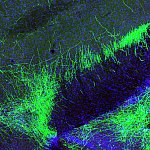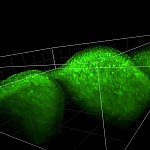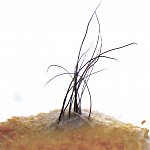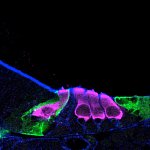You are here
December 22, 2020
2020 Research Highlights — Basic Research Insights
Noteworthy Advances in Fundamental Research
With NIH support, scientists across the United States and around the world conduct wide-ranging research to discover ways to enhance health, lengthen life, and reduce illness and disability. Groundbreaking NIH-funded research often receives top scientific honors. In 2020, these honors included one of NIH’s own scientists and another NIH-supported scientist who received Nobel Prizes. Here’s just a small sample of the NIH-supported research accomplishments in 2020.








